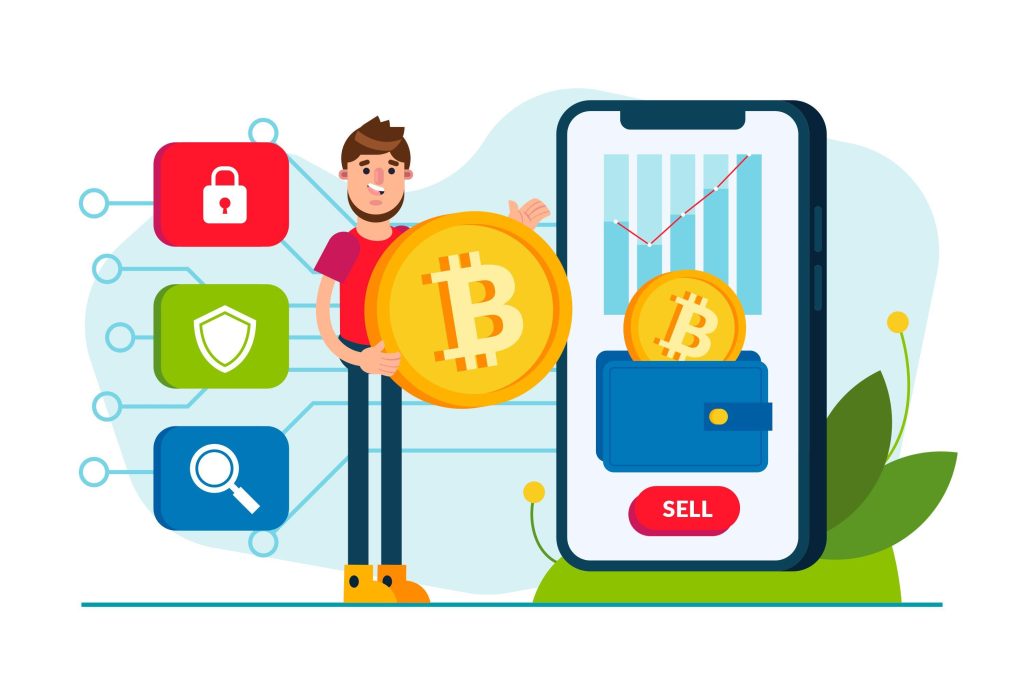Building a payment gateway from scratch is one of the boldest and most strategic decisions a company can make when aiming for full control over its digital transactions. However, it’s not a quick or cheap venture it’s an ongoing commitment involving compliance, infrastructure, and constant security management.
I’ve seen many product teams spend months debating budgets and timelines because the true cost of a payment gateway extends far beyond writing code. Below, I’ll break down the key elements that determine how much it costs to create and maintain a custom payment gateway, based on real-world experience and current market standards.
Why Companies Choose to Build Their Own Payment Gateway
For many businesses, relying on third-party processors works well in the beginning. But as transaction volume grows, so do fees, limitations, and security concerns. That’s when building a custom gateway becomes appealing.
Here’s why many decide to take that route:
- Full Control of Data – Keeping transaction data in-house allows for better analytics, tailored fraud tracking, and compliance management.
- Reduced Long-Term Fees – Third-party gateways typically charge per-transaction fees. Over time, these add up significantly.
- Custom Payment Features – Businesses can create region-specific payment flows, loyalty programs, or recurring billing structures.
While these advantages can save millions in the long run, the initial investment is substantial both financially and technically.
Major Cost Drivers in Building a Payment Gateway
Building a payment gateway is not a single expense but rather a collection of interdependent cost categories. Each one contributes to the final budget in a different way.
1. Licensing and Regulatory Compliance
Any business handling payments must follow strict international and local regulations, such as:
- PCI DSS (Payment Card Industry Data Security Standard)
- KYC (Know Your Customer) and AML (Anti-Money Laundering) compliance
- Banking and government approvals
Initial certification alone can cost between $50,000 and $150,000, and annual renewals add more over time.
Compared to other types of software launches, this stage is far more costly because it involves audits, data security validation, and ongoing legal oversight.
2. Development Team and Technical Architecture
The heart of your payment gateway lies in the technical expertise of your team. A typical development structure includes:
- Backend and frontend developers
- Cybersecurity specialists
- Infrastructure (DevOps) engineers
- QA and test automation experts
- UI/UX designers
Building even a minimal viable product (MVP) may take 8–12 months and cost anywhere from $200,000 to $500,000, depending on features and regional labor costs.
If advanced features like fraud prevention AI or smart routing are added, the total can easily exceed this range.
3. Infrastructure and Hosting Expenses
Since payment gateways must remain online around the clock, redundant and high-availability infrastructure is essential.
Most companies rely on cloud providers such as AWS, Google Cloud, or Azure. Once your platform starts processing large transaction volumes, expect monthly costs of $10,000 to $30,000 (or more) for hosting and bandwidth alone.
4. Security Layers and Fraud Prevention Tools
Security is where no business can afford shortcuts.
To protect sensitive data, payment gateways integrate:
- Encryption and tokenization systems
- AI-based fraud detection
- Behavioral analysis for transaction monitoring
These layers may add over $50,000 to your initial build, but they’re critical for compliance and risk reduction. Skipping these measures could expose your company to heavy financial and legal losses.
5. Merchant Dashboard and User Interface
Merchants expect smooth, transparent access to their payment data. A user-friendly dashboard with analytics, refunds, and settlement tracking typically costs $40,000 to $80,000, depending on design complexity.
At this stage, user experience becomes a key competitive advantage.
Typical Budget Ranges Based on Business Size
While every project differs, these are the average cost brackets most businesses can expect:
| Business Type | Estimated Cost Range | Key Features |
| Startups / SMBs | $250,000 – $400,000 | MVP gateway, basic card processing |
| Mid-size Enterprises | $400,000 – $700,000 | Multi-currency support, fraud protection |
| Global Platforms | $1M+ | Scalable architecture, international compliance, AI fraud monitoring |
The sharp increase in cost for global systems comes from compliance with regional laws and the need for uninterrupted performance across multiple markets.
Ongoing Costs After Launch
Once the payment gateway is operational, recurring costs continue month after month:
- Server hosting and bandwidth: $10,000–$50,000/month
- Support and maintenance: $20,000–$60,000/month for technical teams
- Compliance renewals: $50,000+ annually for PCI and regional audits
Businesses must plan their budgets with these operational costs in mind. Launching the gateway is only the first step; maintaining it securely is an ongoing investment.
Main Features That Influence Total Development Costs
The more complex the payment gateway, the higher the overall expenses. Features that significantly impact costs include:
- Multi-currency and cross-border payments
- Digital wallet and mobile payment integration
- Smart routing between banks and processors
- AI-driven fraud detection
- Real-time reporting and reconciliation dashboards
Advanced features like smart routing or automated settlement reconciliation can increase costs initially but often improve efficiency and lower transaction failures later.
Build vs. Buy: Evaluating the Options
When evaluating costs, some businesses consider whether to build from scratch or buy a white-label solution.
Here’s how both options compare:
| Option | Pros | Cons |
| Build | Full control, custom branding, scalable long-term savings | High upfront investment, longer development time |
| Buy | Faster launch, lower setup costs | Ongoing licensing fees, limited customization |
Some companies even adopt a hybrid model customizing an existing platform to maintain control while keeping development costs manageable.
Platforms and Tools That Can Simplify Development
While coding a payment gateway from the ground up is complex, integrating specialized tools can speed up the process.
For example, many organizations use Payment Orchestration services to streamline international payment routing and management. Although they add subscription costs, they reduce engineering complexity and improve system reliability.
In certain cases, platforms such as PayFirmly are referenced for their orchestration capabilities, helping businesses handle global payment networks efficiently.
How to Manage Costs During Payment Gateway Development
Over the years, I’ve helped startups and enterprises strategize cost management for payment systems. The most practical steps include:
- Start with a Minimum Viable Product (MVP) — Begin small with core card-processing features, then scale gradually.
- Adopt Cloud Infrastructure — Use scalable cloud solutions instead of fixed data centers.
- Automate Compliance Checks — Implement systems that track KYC/AML and fraud activity in real-time.
- Use a Mixed Team Model — Combine internal teams with trusted external contractors to maintain quality and control costs.
These practices don’t remove expenses entirely but make them more predictable and efficient.
Timeline: How Long It Takes to Build a Payment Gateway
A full-scale payment gateway project typically unfolds over 12 to 18 months, covering multiple stages:
- Planning and Research: 1–2 months
- UI/UX Design and Prototyping: 2 months
- Development and Integration: 6–10 months
- Compliance and Security Testing: 2–3 months
- Pilot Launch and Feedback Phase: 1–2 months
Even after launch, constant updates, patching, and audits remain ongoing responsibilities.
Critical Factors to Consider Before Starting
Before beginning development, companies should analyze:
- Current and projected transaction volume
- Regulatory requirements in each target country
- Technical capacity of in-house teams
- Data security risks and mitigation strategies
Building your own payment gateway is not for every business. Still, those who can handle the investment often gain unmatched flexibility and cost control over time.
Read Also:- Sugarlab AI Reviews
Conclusion: Is Building a Payment Gateway Worth It?
Developing a payment gateway is a long-term strategic decision not a one-time expense. It demands capital, patience, and a dedicated team capable of maintaining compliance and security standards.
From licensing and infrastructure to fraud prevention and ongoing maintenance, total costs can range from $250,000 to over $1 million, depending on scale. In spite of the significant financial outlay, businesses that prioritize security, scalability, and user trust often find the investment pays off.
A custom-built payment gateway can reduce third-party dependency, lower fees, and provide full control over the customer payment experience essential advantages in today’s global digital economy.







 SSN Verification in Fintech: Powering Secure Digital Onboarding
SSN Verification in Fintech: Powering Secure Digital Onboarding